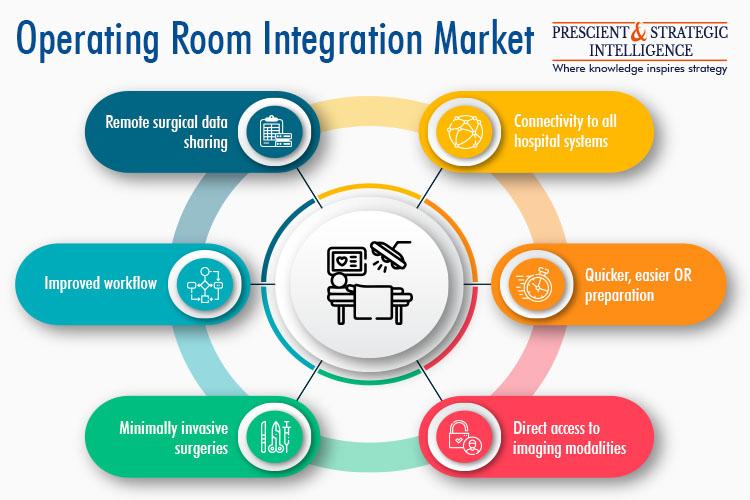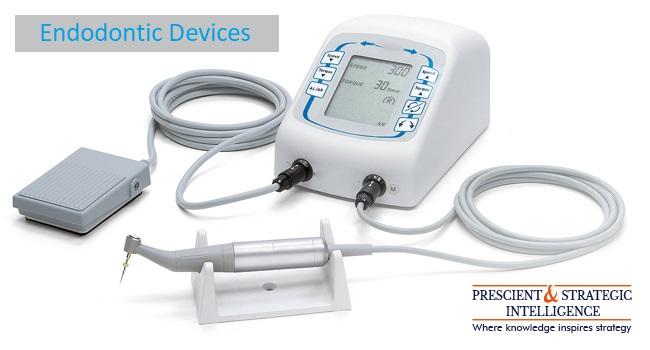The Benefits of Magnetoencephalography in Modern Brain Surgery

Magnetoencephalography (MEG) is an advanced technique that measures the magnetic fields generated by electrical currents in the brain. Healthcare professionals use MEG to map brain activity and pinpoint the sources of epileptic seizures. Currently, MEG stands as the most sophisticated method for analyzing brain function.
Applications of MEG: Neurologists and neurosurgeons utilize MEG for two main purposes:
- To evaluate spontaneous brain activity, helping doctors precisely locate areas for epilepsy surgery.
- To assess brain responses to external stimuli, creating detailed maps of vision, language, motor, and sensory areas. This is crucial for planning surgeries in patients with brain tumors.
Beyond its clinical use, scientists also employ MEG to study neurological and psychiatric processes, deepening our understanding of how the human brain operates.
Download free report sample at: https://www.psmarketresearch.com/market-analysis/magnetoencephalography-market/report-sample
How Magnetoencephalography (MEG) Works: MEG detects the tiny magnetic fields generated by neurons in the brain. As neurons transmit small electrical impulses, they create magnetic fields that MEG’s sensitive sensors capture. Due to the brain’s extremely weak magnetic fields, highly advanced systems are necessary to detect them.
The sensing system comprises high-resolution loop antennas connected to SQUID sensors, with over 300 sensors fitting into a helmet placed on the patient's head. During the test, specialized computer software records brain activity while the patient remains still or performs tasks like listening to sounds or viewing images. MEG captures both normal and abnormal brain events with millisecond precision. The result is a computer-generated image showing where and when brain activities occur.
Advantages of Magnetoencephalography: MEG offers significant advantages over both fMRI and EEG methods. While these technologies complement each other, MEG is the only technique that provides both temporal and spatial data about brain activity. Unlike fMRI, which relies on estimating oxygen consumption in active brain areas, MEG directly measures electrical activity in neurons.
MEG signals represent absolute neuronal activity, whereas fMRI signals are relative, requiring comparison with reference activity. Notably, MEG can be performed on sleeping patients and operates silently, unlike the noisy fMRI. MEG also offers millisecond-level accuracy in tracking the timing of brain activation, and its spatial precision surpasses that of EEG.
Conclusion: With rapid technological advancements and the increasing prevalence of neurological disorders, the demand for magnetoencephalography is projected to reach USD 426 million by 2030.








Comments